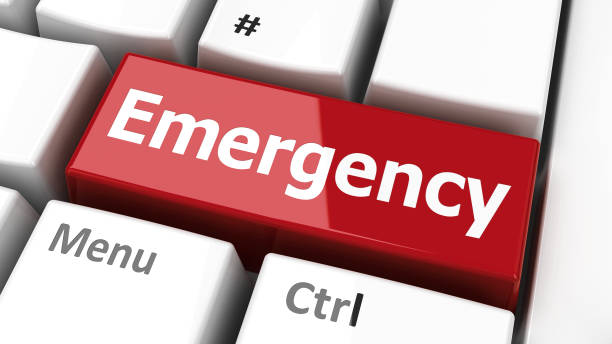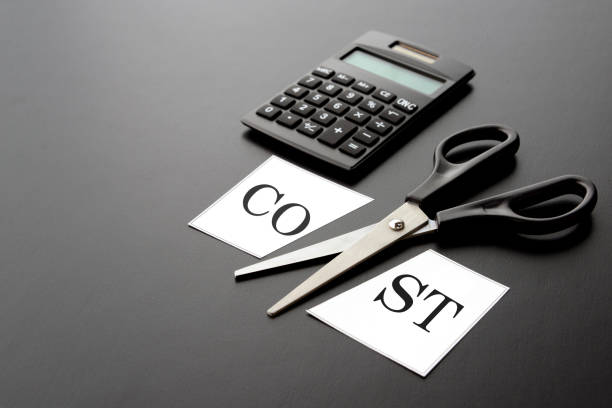Life is unpredictable, and unexpected expenses can arise when you least expect them.
Whether it's a medical emergency, car repairs, or sudden job loss, having an emergency fund provides a crucial safety net that helps you weather financial storms with confidence and resilience.
In this guide, we'll explore the importance of emergency funds and practical steps to build one that safeguards your financial well-being.
Understanding the Importance of Emergency Funds:
a. Financial Security: An emergency fund serves as a financial cushion, providing peace of mind knowing that you have funds readily available to cover unexpected expenses.
b. Avoiding Debt: Without an emergency fund, unexpected expenses may force you to rely on high-interest credit cards or loans, leading to debt accumulation and financial stress.
c. Handling Emergencies: Whether it's a medical emergency, home repairs, or sudden unemployment, having an emergency fund ensures you can cover essential expenses without depleting your savings or retirement accounts.
d. Opportunity for Growth: With an emergency fund in place, you have the flexibility to seize opportunities such as career changes, starting a business, or investing, without worrying about immediate financial obligations.
Determining Your Emergency Fund Target:
a. Calculate Living Expenses: Determine your monthly living expenses, including housing, utilities, groceries, transportation, insurance, and debt payments.
b. Set a Target Amount: Aim to save enough to cover 3-6 months' worth of living expenses. Those with more volatile incomes or high-risk professions may consider saving even more.
Establishing Your Emergency Fund:
a. Start Small: Begin by setting achievable savings goals. Even saving a small amount each month can add up over time.
b. Automate Savings: Set up automatic transfers from your checking account to a separate savings account dedicated to your emergency fund. Treat it as a non-negotiable expense.
c. Cut Expenses: Trim non-essential expenses and redirect the savings towards your emergency fund. Consider downsizing subscriptions, dining out less frequently, or finding creative ways to save on utilities.
d. Supplement with Windfalls: Use unexpected windfalls such as tax refunds, bonuses, or monetary gifts to boost your emergency fund.
e. Increase Contributions Over Time: As your financial situation improves, gradually increase your contributions to accelerate your emergency fund growth.
Maintaining and Replenishing Your Emergency Fund:
a. Avoid Temptation: Resist the urge to dip into your emergency fund for non-essential expenses. Keep it separate from your regular checking account to reduce temptation.
b. Replenish After Withdrawals: If you need to tap into your emergency fund, make replenishing it a priority. Resume regular contributions until you reach your target balance again.
c. Adjust for Life Changes: Reassess your emergency fund target and contributions regularly, especially after major life changes such as marriage, childbirth, or career transitions.
Building an emergency fund is a foundational step towards achieving financial stability and peace of mind.
By prioritizing savings, setting realistic goals, and staying disciplined, you can create a safety net that protects you from life's unexpected twists and turns.
Start today, and take control of your financial future with confidence and resilience.




